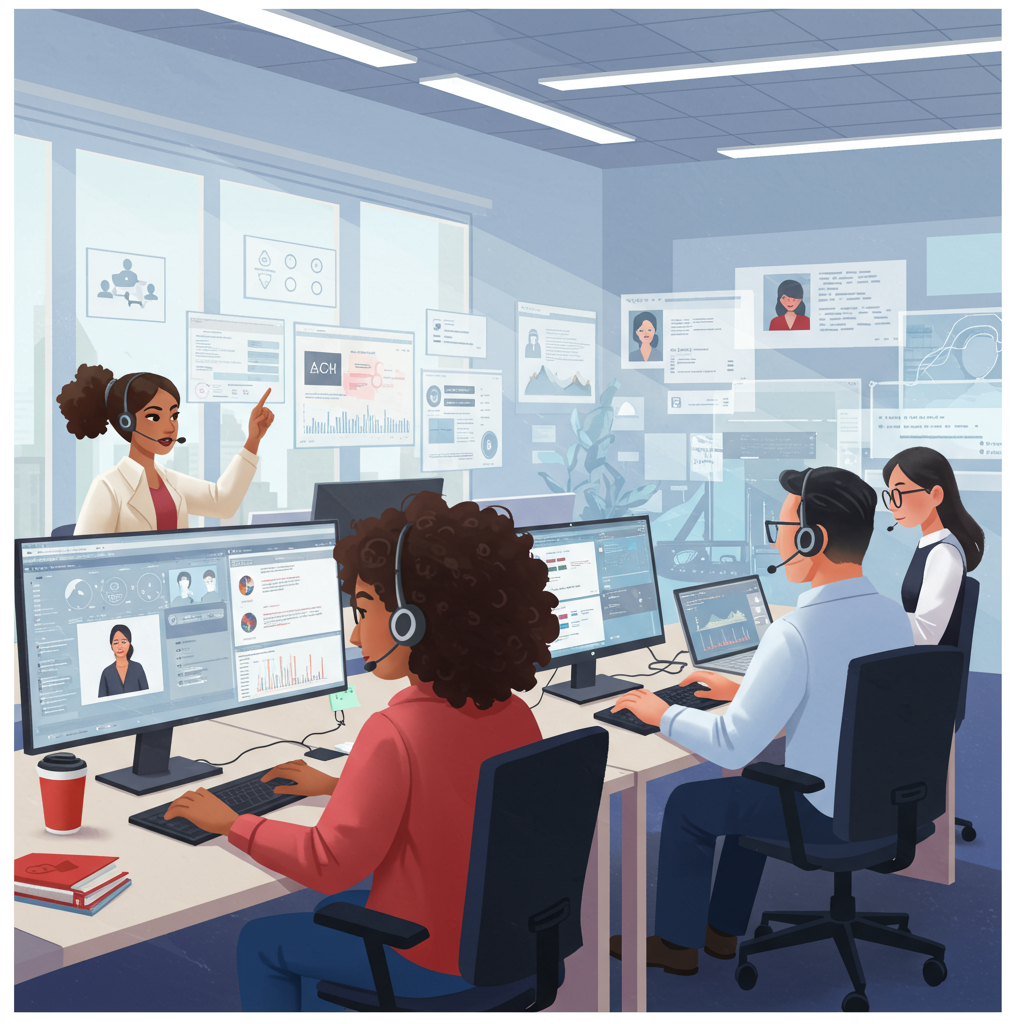Elevate your e-commerce game by delivering exceptional customer service that builds loyalty and drives growth in the years to come.
Hello fellow Shopify merchants! As we look ahead to 2026, the landscape of e-commerce continues to evolve at a rapid pace, and with it, the expectations of our customers. I’m here to share my insights on how to not just meet, but exceed, those expectations through world-class customer support.
In today’s competitive online marketplace, your products might be fantastic, but it’s your customer service that truly differentiates your brand and fosters lasting loyalty. Think of it as the invisible glue that binds your customers to your store.
By 2026, customers will expect seamless, personalized, and instant support across every touchpoint. They won’t just want their problems solved; they’ll want to feel valued and understood throughout their entire journey with your brand.
My first piece of advice is to embrace empathy as your guiding principle. Every interaction, whether it’s a query about an order or a complaint, is an opportunity to show your customer that you genuinely care about their experience.
Speed is another critical factor. In an age of instant gratification, customers expect quick responses. Implementing efficient systems and empowering your support team to resolve issues swiftly will significantly boost satisfaction.
Personalization, however, is where you can truly shine. Gone are the days of generic, templated responses. By leveraging customer data, you can tailor interactions, remember past conversations, and even anticipate future needs.
Let’s talk technology, specifically AI and automation. By 2026, these tools won’t be a luxury but a necessity. Think of AI-powered chatbots handling routine queries, freeing up your human agents for more complex, nuanced issues.
These chatbots can provide instant answers to FAQs, guide customers through product selections, and even assist with order tracking, all while maintaining a consistent brand voice.
Beyond chatbots, consider AI for sentiment analysis. This technology can help you understand the emotional tone of customer interactions, allowing your team to prioritize and respond appropriately, especially to frustrated customers.
Integrating your customer support platform directly with Shopify is non-negotiable. A unified view of customer data – their purchase history, browsing behavior, and past interactions – is crucial for delivering personalized support.
This integration allows your agents to access all necessary information without switching between multiple systems, leading to faster resolution times and a more coherent customer experience.
An omnichannel strategy is also paramount. Customers might reach out via email, live chat, social media, or even SMS. Your support system needs to seamlessly connect these channels, ensuring a consistent conversation regardless of the entry point.
Proactive support is a game-changer. Instead of waiting for problems to arise, anticipate them. This could involve sending automated shipping updates, proactive alerts about potential delays, or even personalized product recommendations based on past purchases.
Developing a comprehensive self-service portal is another excellent proactive measure. A well-organized FAQ section, detailed product guides, and troubleshooting articles empower customers to find answers independently, reducing the load on your support team.
For instance, imagine a customer wondering about a product’s dimensions. Instead of contacting support, they can quickly find the answer on your site, enhancing their overall experience and saving your team time.
Building a strong, well-trained support team is the backbone of exceptional service. Invest in continuous training, not just on product knowledge, but also on soft skills like active listening, empathy, and de-escalation techniques.
Empower your agents to make decisions. Give them the autonomy and resources to resolve issues on the first contact whenever possible, rather than escalating every minor problem. This boosts both agent morale and customer satisfaction.
Regularly monitor key performance indicators (KPIs) such as Customer Satisfaction (CSAT) scores, First Contact Resolution (FCR) rates, and Average Handle Time (AHT). These metrics provide valuable insights into your team’s efficiency and effectiveness.
Don’t just collect data; analyze it. Use customer feedback from surveys, reviews, and direct interactions to identify common pain points, improve your products, and refine your support processes.
Establish robust feedback loops. Encourage customers to share their experiences and actively listen to what they have to say. This continuous improvement cycle is vital for staying ahead in 2026.
Consider fostering a customer community around your brand. Online forums or social media groups can allow customers to help each other, share tips, and build a sense of belonging, reducing direct support inquiries for common questions.
Remember, every customer interaction is an opportunity to build a relationship. Even a negative experience, handled exceptionally well, can be transformed into a positive one, strengthening customer loyalty.
As we navigate the future, always prioritize transparency and clear communication. If there’s an issue, communicate it openly and honestly, along with the steps you’re taking to resolve it.
Finally, I want to ask you, the reader: What are your biggest challenges or successes when it comes to customer support on Shopify? I’d love to hear your thoughts and experiences.
By implementing these best practices – embracing technology, empowering your team, and always putting the customer first – you’ll not only survive but thrive in the dynamic e-commerce landscape of 2026.
Your commitment to outstanding customer service will be the cornerstone of your Shopify store’s long-term success and a powerful differentiator in a crowded market.
So, let’s commit to making every customer interaction a memorable and positive one. Your brand’s reputation depends on it, and your customers will thank you for it.






